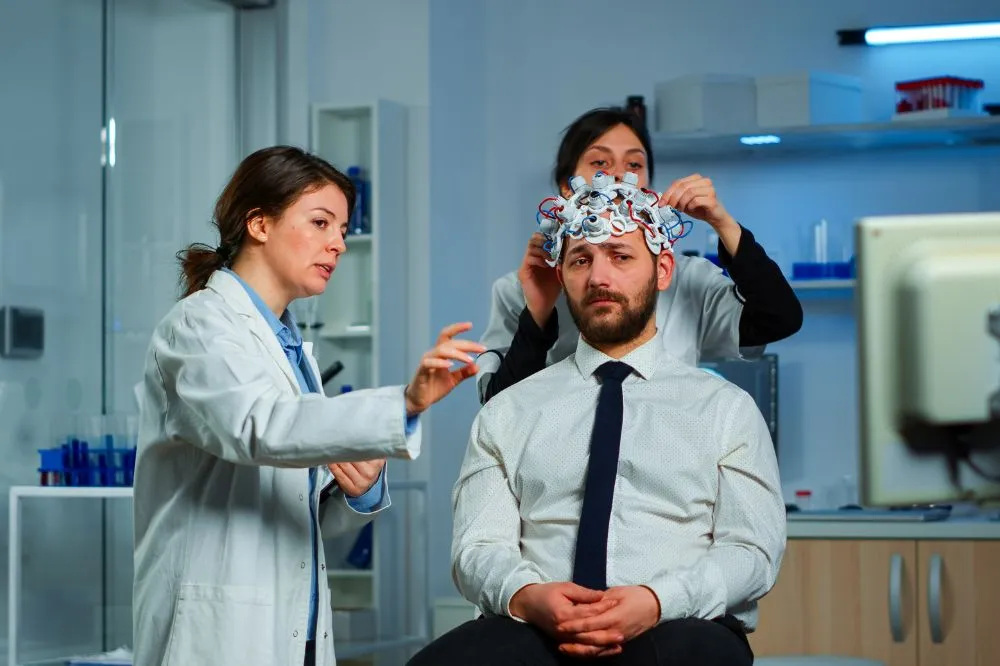Summary: ADHD is quite a common brain disorder. However, it remains poorly understood, and there are very few drugs that can help with the condition. Moreover, the mechanism of action of some drugs commonly used to manage the condition, like methylphenidate, remains poorly understood. The new fMRI study could confirm the pre-existing hypothesis that the drug acts on dopaminergic pathways and modulates the nucleus accumbens (NAc) activity.
Brain disorders are relatively difficult to diagnose and highly challenging to manage. Even healthy brains are prone to make errors. However, if the brain makes too many errors, that is a pathology. However, researchers often struggle to define boundaries between what is normal and what is not.
Even when brain disorders are diagnosed, they remain challenging to manage. Tweaking brain function is highly challenging. Science still has a limited understanding of the working of the human brain and, thus, challenges in tweaking its operations.
Nonetheless, science is making progress in understanding brain health. It is becoming better at diagnosing more complex disorders like ADHD Attention-deficit hyperactivity disorder. It is a relatively mild brain disorder and thus often overlooked. Studies now show that more than 5% of Americans are living with ADHD, and these are massive numbers.
If ADHD is not managed well, it may put individuals living with the condition at a disadvantage, as they struggle to perform and finish tasks, think clearly, concentrate, and so on. Fortunately, there are already a few drugs that can help those living with ADHD. Still, their mechanism of action is poorly understood yet.
Suppose science wants to make progress in treating more subtle brain disorders like ADHD. In that case, it needs to develop a better understanding of the disease. It needs to understand better how various drugs help in the condition and their exact mechanism of action.
Among various drugs used to manage ADHD, methylphenidate remains the drug of choice, a first-line treatment option, which means that millions of individuals are taking this drug to stay calm and enhance focus. It is a drug thought to influence dopaminergic pathways in specific brain centers like the nucleus accumbens (NAc). However, this is still a hypothesis, something not confirmed by high-quality studies.
Thus, in one of the first studies of its kind, researchers decided to confirm the mechanism of action of methylphenidate. For the study, they carried out a randomized, placebo-controlled, double-blind clinical study on 27 children living with ADHD. These children were given methylphenidate and a placebo, and their brains were scanned with a special focus on NAc and some other brain regions.2
The study found that the drug increased the neural activity in the NAc and the salience and default mode networks. However, more importantly, it could increase individuals’ response to variability during tasks requiring sustained attention. In addition, the study found that NAc and the salience and default mode networks showed replicable changes induced by the drug. Thus, the study confirmed its mechanism of action.
Researchers say that their study confirms that methylphenidate increases the activity of NAc and cognitive networks in those living with ADHD, which significantly increases attention span and focus.
Researchers say that these findings have multiple implications. It may help develop more effective medications for the condition. It may also help develop clinically valuable tests (biomarkers) for ADHD, which would help in a more accurate diagnosis of the condition.






